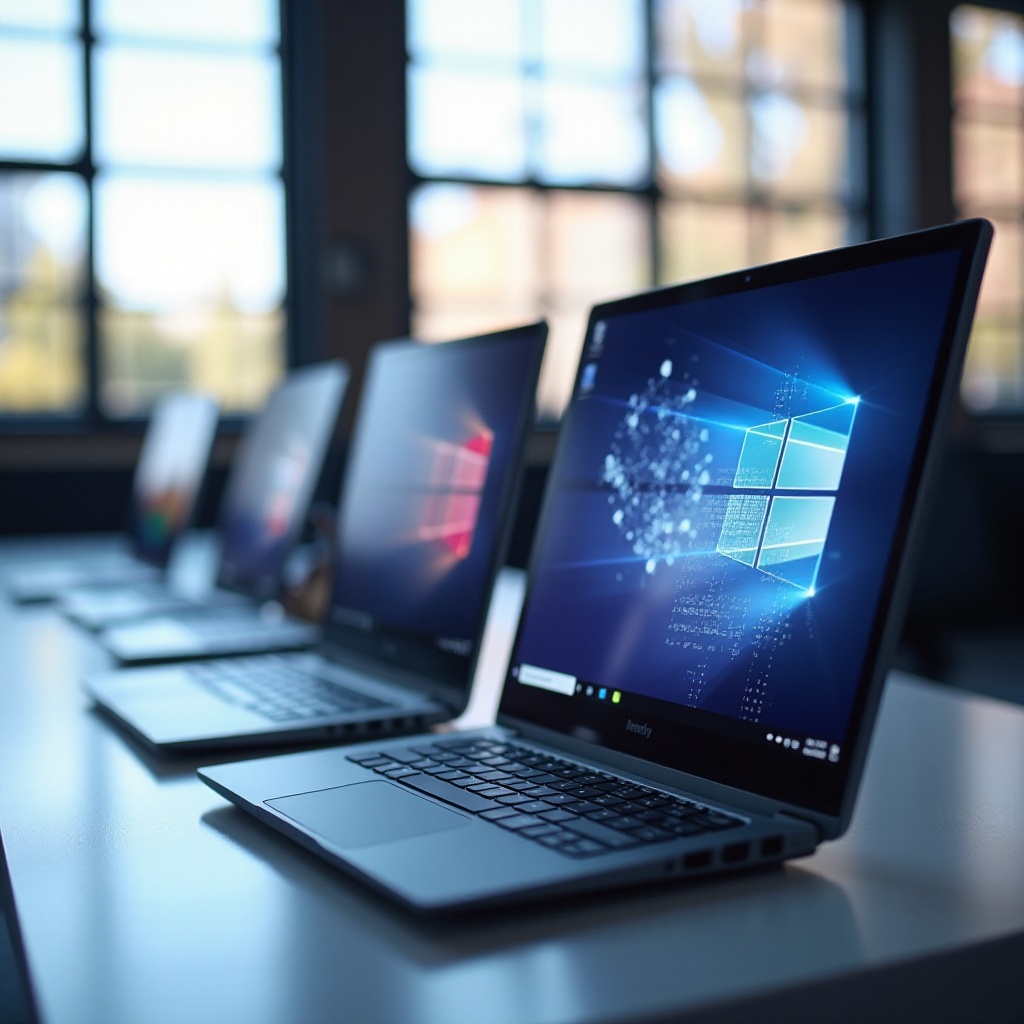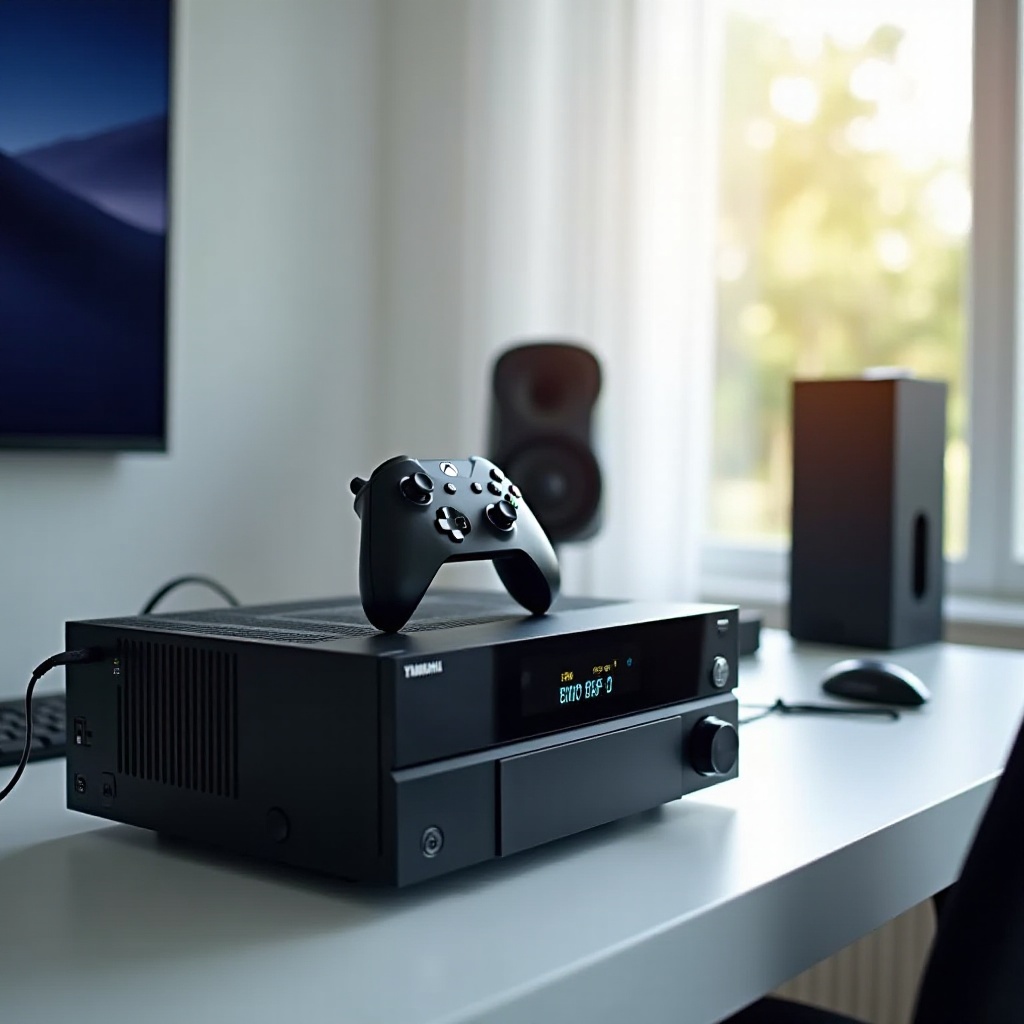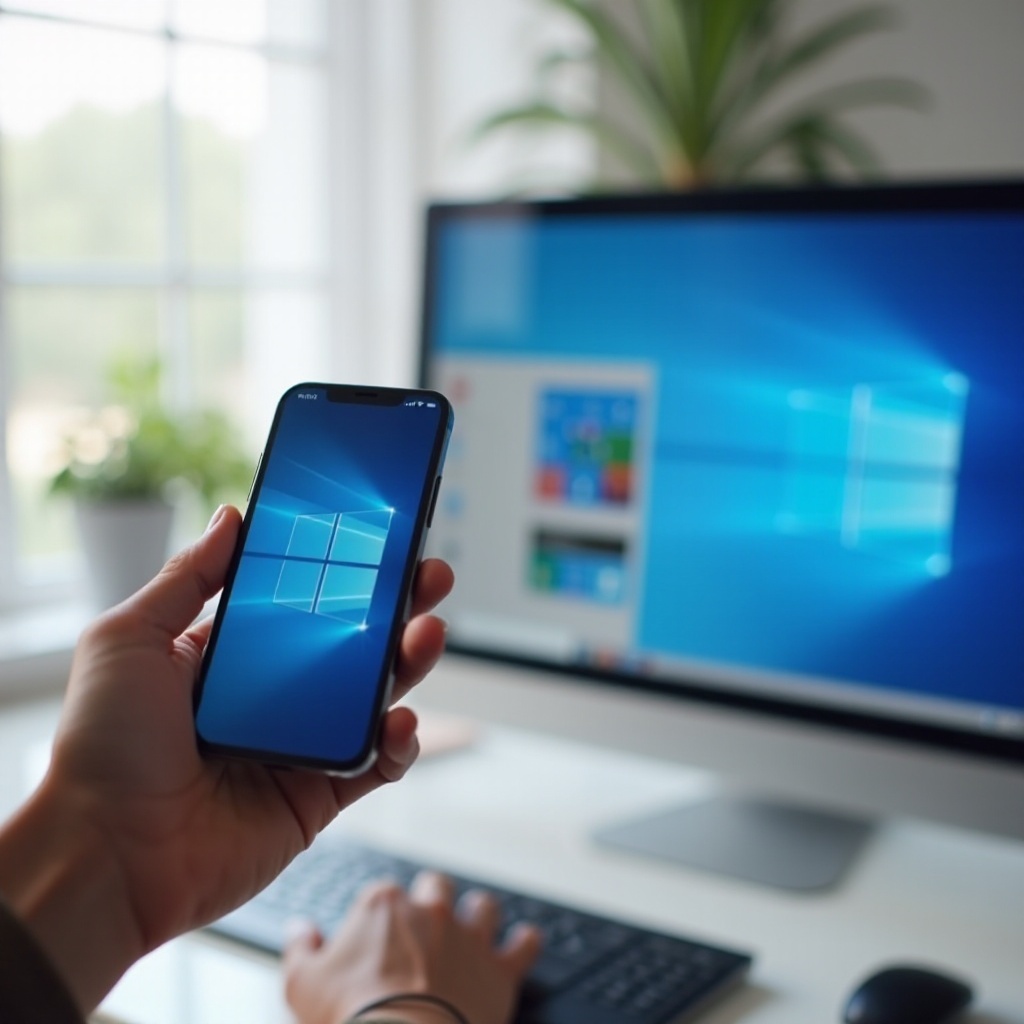What's a Good Fullscreen Resolution for MacBook Pro (2024 Edition)
Introduction
Choosing the right fullscreen resolution on your MacBook Pro can significantly enhance your computing experience. Whether you are a graphic designer, video editor, gamer, or general user, the optimal resolution affects clarity, performance, and comfort. This guide dives into the details to help you select the best resolution for your MacBook Pro based on your needs.
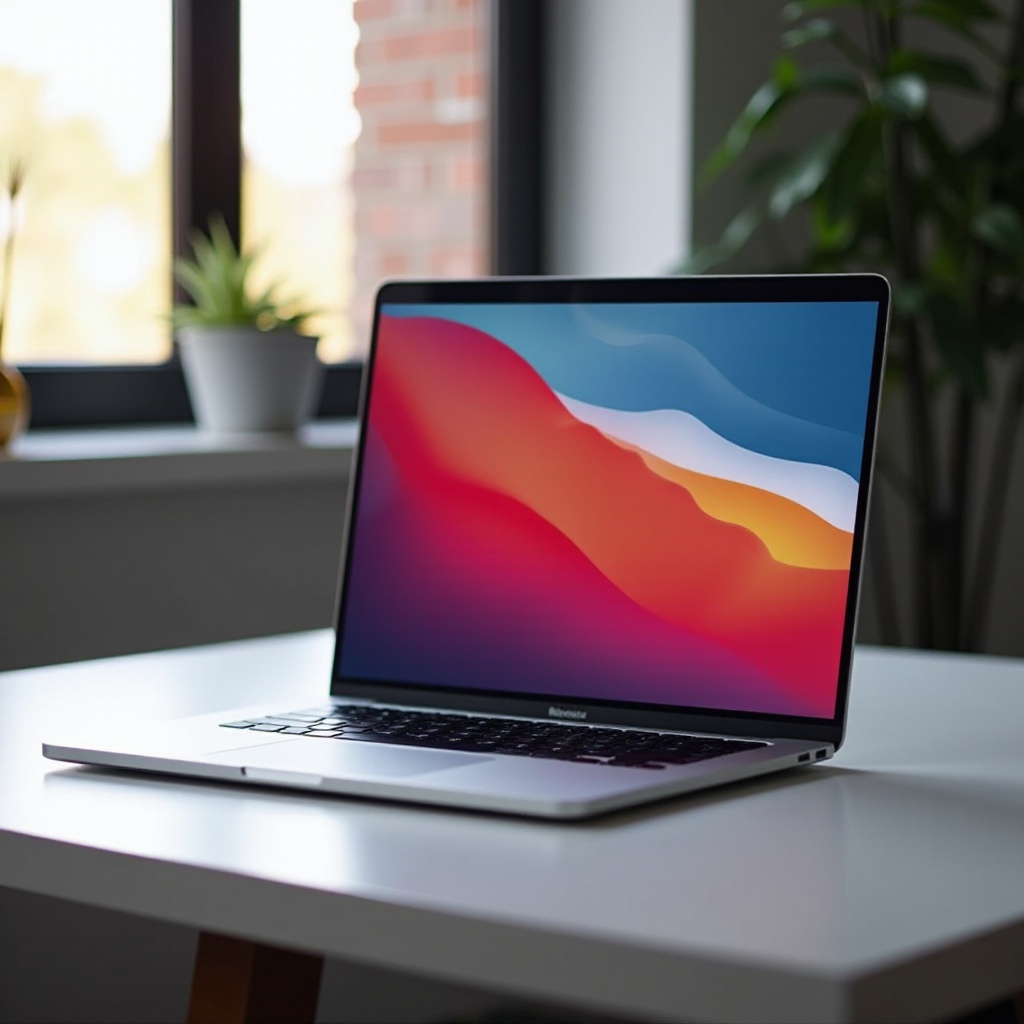
Understanding MacBook Pro Display Specifications
To understand the best fullscreen resolution for your MacBook Pro, it is essential to grasp its display specifications. The MacBook Pro has been synonymous with high-quality displays, starting with the introduction of Retina Display technology.
Overview of Retina Display Technology
Apple's Retina Displays stand out because they provide a higher pixel density than traditional displays, which means more pixels per inch (PPI). Increased PPI results in sharper images and clearer text, making your screen look more natural and lifelike.
Pixels Per Inch (PPI) and Its Importance
Pixels Per Inch (PPI) is a critical metric when considering screen resolution. It represents the pixel density of your display. Higher PPI means more detail and sharper images. For MacBook Pros, typical PPI ranges from around 220 to 250, depending on the model. Higher PPI is especially beneficial for tasks that require attention to detail, such as photo editing and graphic design.
Common Resolution Options for Different Models
MacBook Pros come with various screen sizes and resolution options. Here are some common fullscreen resolution settings:- MacBook Pro 13-inch: 2560 x 1600 pixels- MacBook Pro 15-inch: 2880 x 1800 pixels- MacBook Pro 16-inch: 3072 x 1920 pixels
Understanding these specs lays the groundwork for choosing the best resolution based on your specific needs.
Choosing the Optimal Fullscreen Resolution
Now that you understand the display specifications, let’s discuss how to choose the optimal fullscreen resolution for your MacBook Pro.
Standard Resolutions Explained
Standard resolutions like 1280 x 800 or 1440 x 900 provide decent clarity and are less demanding on your system, offering better battery life. These settings are suitable for general tasks such as web browsing, word processing, and streaming videos. However, they can look pixelated on larger or higher PPI screens.
Retina Resolutions and Their Benefits
Retina resolutions, such as 2560 x 1600 for a 13-inch MacBook Pro, provide exceptional clarity and sharpness. These higher resolutions are ideal for professional tasks, like photo and video editing, where detail is crucial. However, they do require more processing power, which might affect battery life and system performance.
Considerations for Screen Size and Usage
When selecting a resolution, consider your screen size and what you primarily use your MacBook Pro for:
- Larger screens benefit from higher resolutions, as the increased screen real estate can enhance productivity.
- If you use your MacBook Pro mainly for tasks that demand high detail and sharpness (e.g., design, editing), invest in Retina resolutions.
- For general use, a lower resolution might be preferable to conserve battery life and system performance.
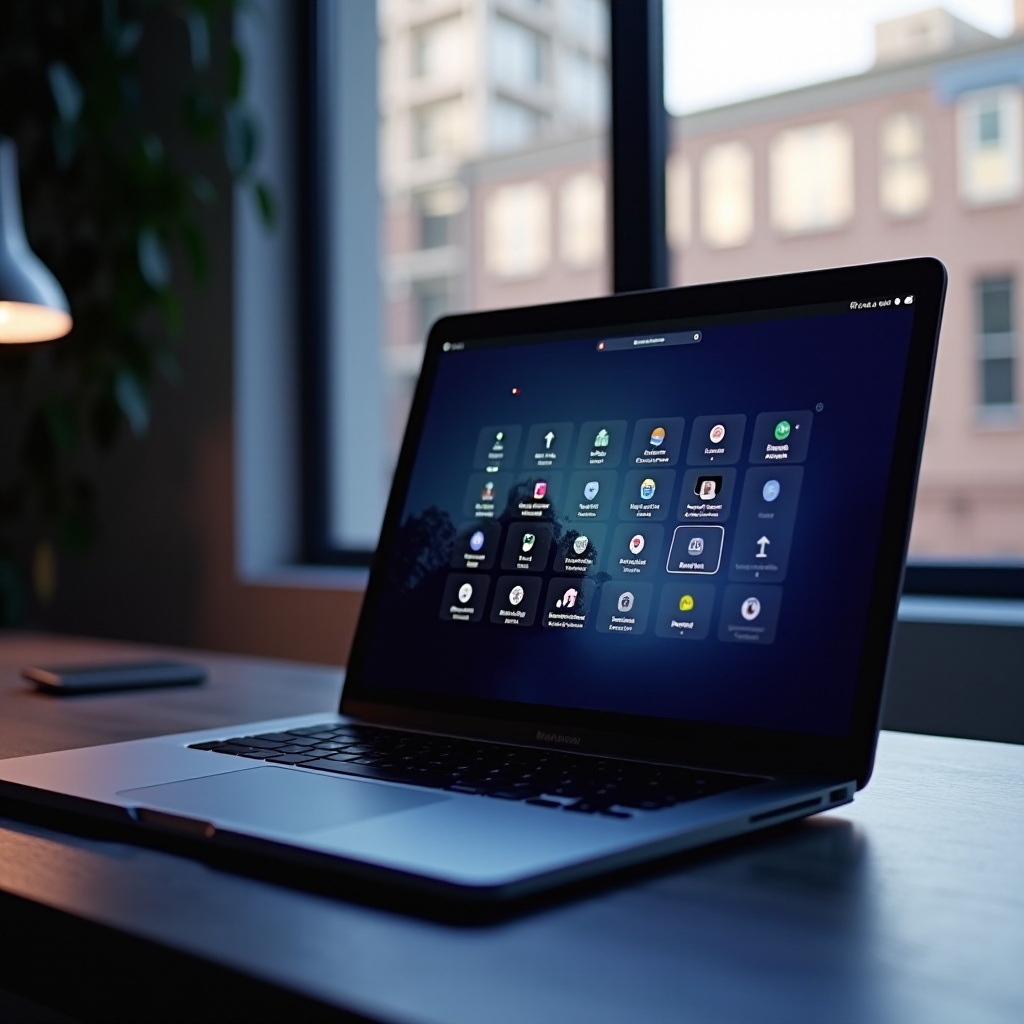
Adjusting and Optimizing Your MacBook Pro Resolution
Choosing the right resolution is just the first step. You also need to know how to adjust and optimize your display settings.
How to Change Resolution Settings in macOS
You can easily adjust your screen resolution in macOS:1. Go to 'System Preferences' from the Apple menu.2. Click on 'Displays.3. Select the 'Scaled' option to view available resolutions.4. Choose your preferred resolution from the list.
Pros and Cons of Different Resolutions
Different resolutions come with their own pros and cons:
- Higher Resolutions:
- Pros: Sharper images, more screen real estate.
- Cons: Increased battery usage, potential for lower performance.
- Lower Resolutions:
- Pros: Better battery life, smoother performance.
- Cons: Less detail, possibly pixelated images.
Third-Party Apps for Custom Resolutions
If the default resolution settings don’t meet your needs, you can use third-party apps, such as SwitchResX or Resolutionator, to set custom resolutions. These tools offer more control, including aspect ratio adjustments and non-standard resolution settings.
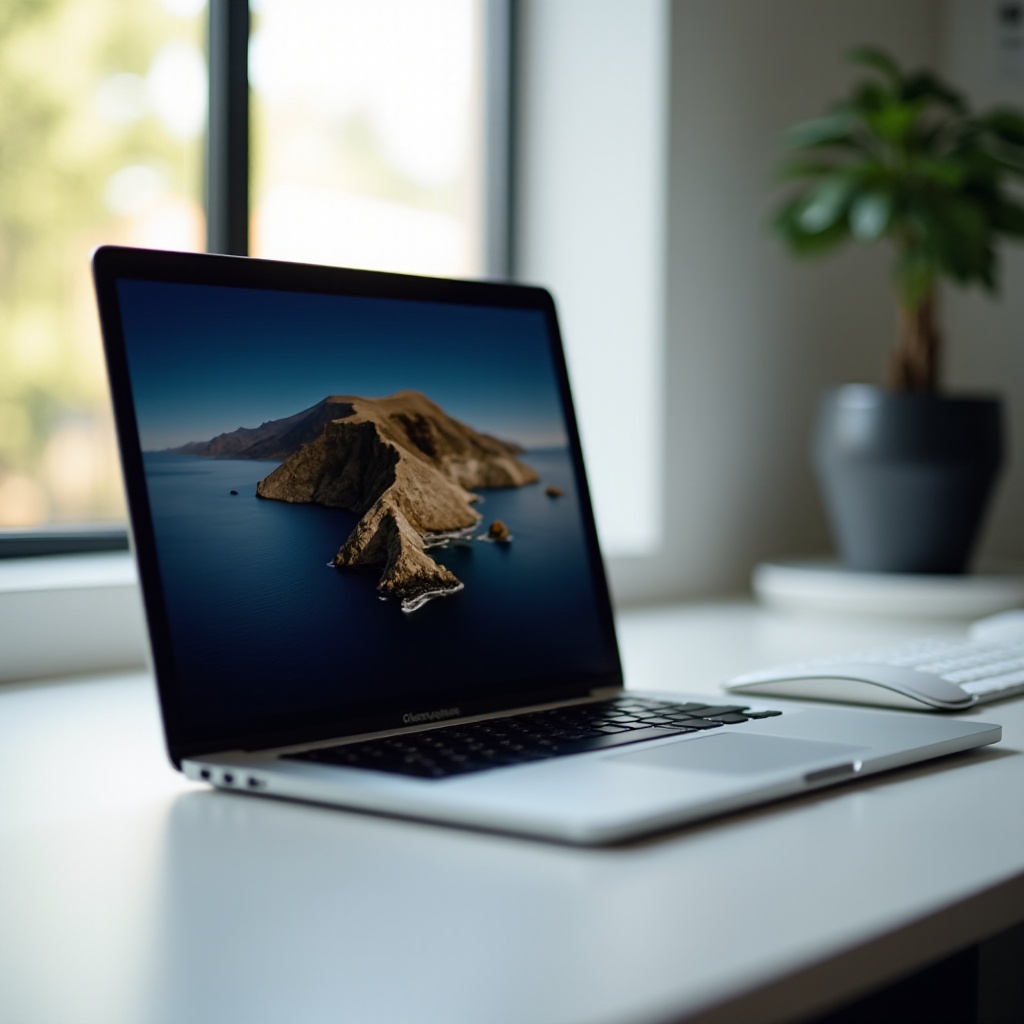
Best Resolutions for Specific Use Cases
Different users have different needs, and the best resolution may vary according to your primary use case.
Resolutions for Multimedia Editing (Design, Photography, Video)
Multimedia professionals need high-resolution displays to see every detail of their work. For tasks such as graphic design, photo editing, and video production, consider using the native Retina resolution of your MacBook Pro. This provides the highest clarity and the most accurate color representation.
Resolutions for Gaming and High-Performance Tasks
For gamers and users running high-performance applications, balancing resolution and performance is key. A slightly lower resolution may provide a smoother experience with higher frame rates. Adjust settings based on the needs of each game or application to optimize performance.
Resolutions for Everyday Tasks and Office Use
For everyday use such as browsing the web, writing emails, or creating documents, a moderate resolution like 1680 x 1050 can offer a good balance between clarity and performance. This setting is easier on the battery while still providing a clear display.
Conclusion
Selecting the best fullscreen resolution for your MacBook Pro depends on your specific use case and personal preference. Higher resolutions provide exceptional clarity and are suitable for detail-oriented tasks, while lower resolutions can offer better performance and battery life. Always consider your primary activities and screen size when deciding on the optimal resolution.
Frequently Asked Questions
What is the highest resolution available on a MacBook Pro?
The highest resolution available on a MacBook Pro is 3072 x 1920 pixels, found on the MacBook Pro 16-inch model.
Does using a higher resolution affect battery life?
Yes, higher resolutions demand more processing power, which can drain your battery faster. Balancing resolution with performance and battery life is crucial.
How can I ensure optimal color accuracy on my MacBook Pro display?
For optimal color accuracy, use the built-in display calibration tool in macOS or a professional hardware calibrator. This ensures that colors are displayed correctly, which is vital for graphic work.
